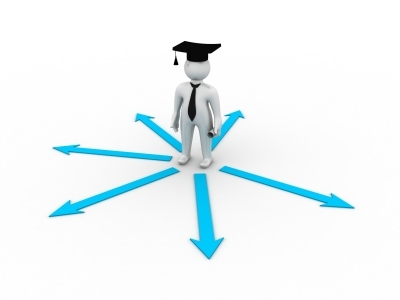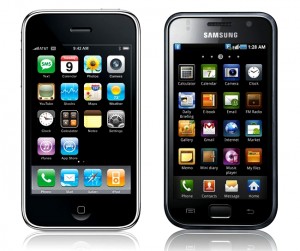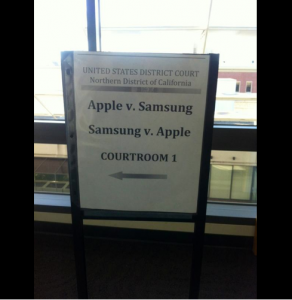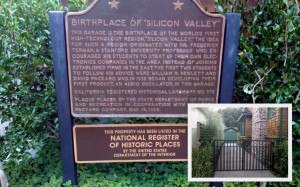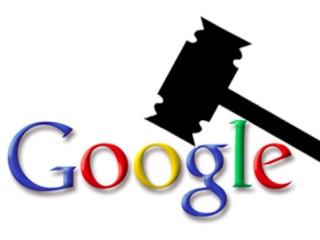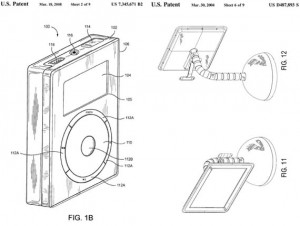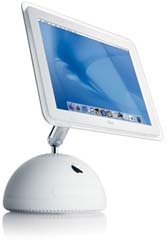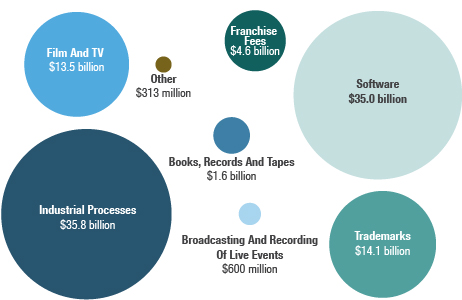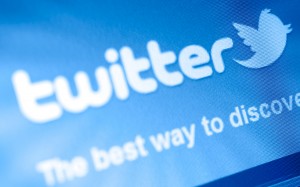Students in Notre Dame’s Patent Law Program already have a clear idea of how they want to use their education and are on direct path to a booming career field. But what about others, who need help learning how to apply their science skills to the workforce? Turns out—there’s an app for that.
In the magazine Science,Jim Austin and Bruce Alberts note patent law among the “career options that Ph.D. scientists haven’t trained for directly—but for which they have useful knowledge, skills, and experience.” But as Martin Rosenberg points out, there is still “a huge disconnect between how we currently train scientists and the actual employment opportunities available for them.”
Which brings us to the IDP, or, Individual Development Plan. While the concept has been used mostly by corporations and governmental agencies to encourage employee introspection and outlined goal-setting, now academia seems to be catching on. Perhaps due to bleak job market in education and more graduates turning to alternative careers, many degree programs have inserted IDP’s in their curriculum to get students thinking about life after graduation.
Sound good like a good idea? It’s about to sound better—a free web app called myIDP has just been released. This self-assessment tool was designed by career professionals in science to help users indentify key career goals and outline the steps to be taken toward their achievement. The app even has an option to send you email reminders and updates, in case your focus needs an extra kick every now and then.
Check out myIDP here and report back on what you find!
